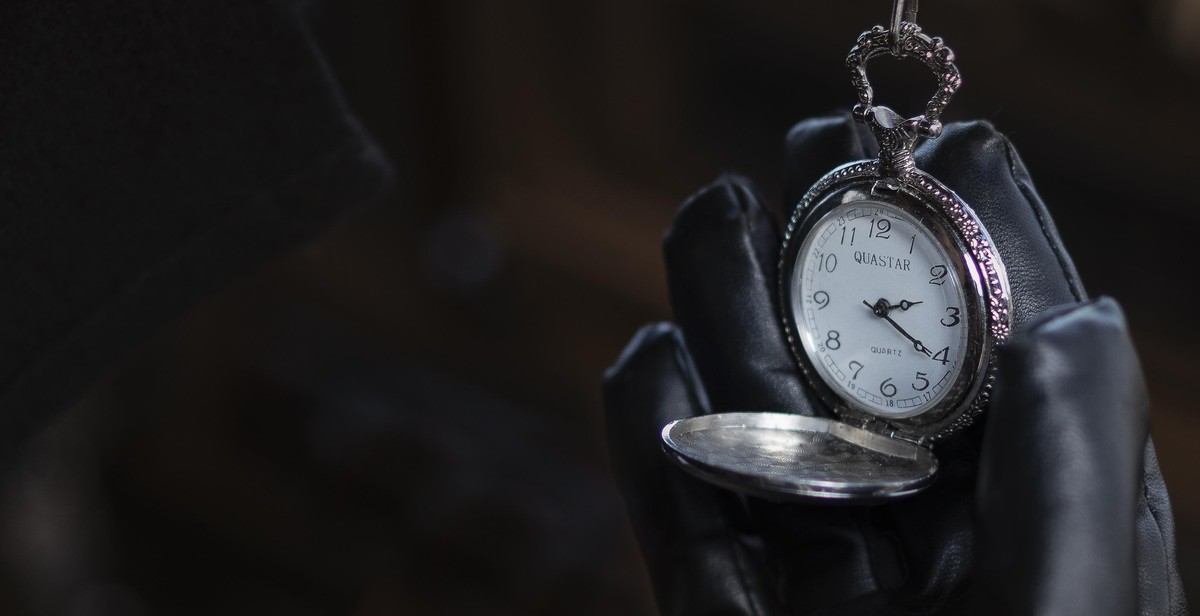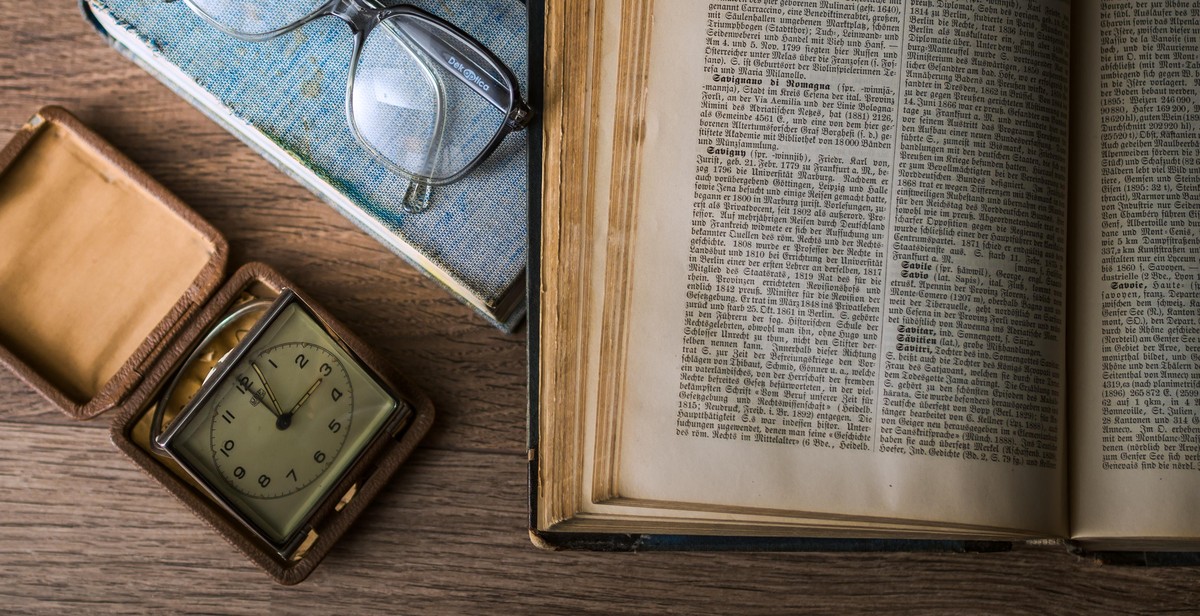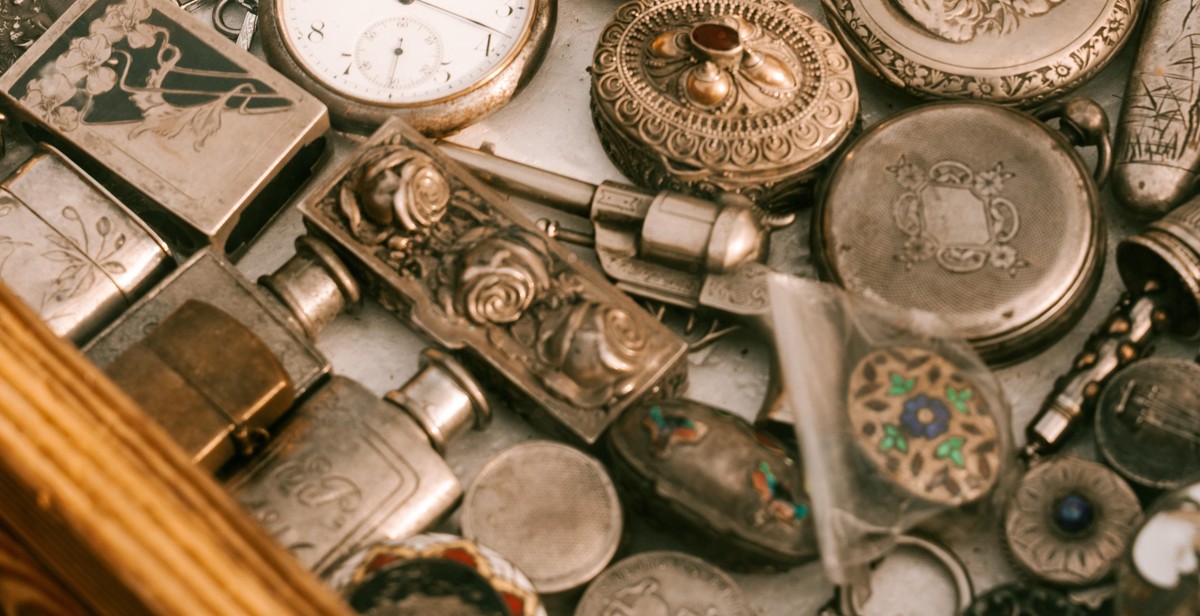How to Identify Authentic Vintage Watches: Spotting Fakes and Replicas
Vintage watches are a timeless accessory that can add a touch of class and sophistication to any outfit. However, with the rise of counterfeit watches in the market, it has become increasingly difficult to identify authentic vintage watches. Whether you’re a collector or simply looking to purchase a vintage watch for personal use, it’s important to know how to spot fakes and replicas.
Why is it important to identify authentic vintage watches?
Authentic vintage watches are not only valuable but also hold a significant historical and sentimental value. Owning a genuine vintage watch can be a source of pride and admiration. However, replicas and fakes not only deceive buyers but also undermine the value and authenticity of genuine vintage watches.
How to spot a fake vintage watch
There are several key factors to consider when identifying authentic vintage watches. These include examining the watch’s movement, case, dial, and other features. This article will provide a detailed guide on how to spot fakes and replicas, ensuring that you can confidently purchase an authentic vintage watch.
Conclusion
Identifying authentic vintage watches is crucial for collectors and enthusiasts alike. By understanding how to spot fakes and replicas, you can ensure that you’re investing in a genuine piece of history that will stand the test of time.

What are Vintage Watches?
Vintage watches are timepieces that were manufactured at least 20 years ago and are no longer in production. These watches are highly sought after by collectors and enthusiasts alike due to their unique designs, historical significance, and rarity. Vintage watches can range from simple time-only watches to complex chronographs, and can be made from a variety of materials such as gold, silver, stainless steel, and even plastic.
Types of Vintage Watches
There are several types of vintage watches, each with its own unique characteristics and appeal:
- Dress watches: These watches are typically thin, elegant, and simple in design. They were designed to be worn with formal attire and often feature a leather strap.
- Sports watches: These watches were designed for outdoor activities and often feature a durable metal bracelet or rubber strap. Many sports watches also have additional features such as a stopwatch or water resistance.
- Military watches: These watches were designed for military use and often feature a simple, easy-to-read design. Many military watches also have additional features such as a luminous dial for night visibility.
- Diver’s watches: These watches were designed for underwater use and often feature a water-resistant case and rotating bezel to track elapsed time.
Overall, vintage watches are highly sought after for their unique designs, historical significance, and rarity. Whether you are a collector or just appreciate the beauty and craftsmanship of vintage timepieces, identifying an authentic vintage watch is essential to ensure that you are getting a valuable and authentic piece of history.

Why Spotting Fakes and Replicas is Important
Identifying authentic vintage watches is crucial for collectors, investors, and anyone who wants to purchase a valuable timepiece. Unfortunately, the market is flooded with fakes and replicas, making it difficult to differentiate the real from the fake. This is where spotting fakes and replicas becomes important. Here are some reasons why:
1. Protect Your Investment
Authentic vintage watches can be worth a significant amount of money, and investing in a fake or replica can result in a huge financial loss. By learning to spot fakes and replicas, you can protect your investment and ensure that you are getting what you paid for.
2. Maintain the Integrity of the Watch Market
The watch market relies on authenticity and trust. By buying fakes and replicas, you are contributing to the decline of the market’s integrity. This can result in a decrease in the value of authentic watches, which is bad news for collectors and investors alike.
3. Avoid Legal Issues
Buying and selling counterfeit watches is illegal in many countries, and owning a fake or replica watch can result in legal issues. By learning to spot fakes and replicas, you can avoid getting into legal trouble.
4. Enjoy the Real Thing
There is a certain satisfaction that comes with owning an authentic vintage watch. By learning to spot fakes and replicas, you can ensure that you are enjoying the real thing and not a cheap imitation.
Overall, spotting fakes and replicas is crucial for anyone who wants to purchase an authentic vintage watch. By doing so, you can protect your investment, maintain the integrity of the watch market, avoid legal issues, and enjoy the real thing.

How to Identify Authentic Vintage Watches: Spotting Fakes and Replicas
Authentic vintage watches are highly sought after by collectors and enthusiasts alike. However, with the rise of fake and replica watches flooding the market, it can be difficult to determine whether a vintage watch is authentic or not. Here are some tips on how to identify authentic vintage watches:
Research the Brand and Model
Before making a purchase, it’s essential to research the brand and model of the vintage watch you’re interested in. Look for information on the watch’s design, features, and history. This will help you determine whether the watch you’re considering is authentic or a replica.
Check the Serial Number and Movement
Most vintage watches have a serial number engraved on the case, which can be used to authenticate the watch. Additionally, the movement of the watch should match the brand and model specifications. If the serial number or movement doesn’t match, it’s likely that the watch is a fake.
Inspect the Dial and Hands
The dial and hands of a vintage watch can also provide clues as to its authenticity. The printing on the dial should be crisp and clear, with no smudging or fading. The hands should also be in good condition and match the design of the watch.
Examine the Case and Crown
The case and crown of a vintage watch should be in good condition, with no signs of damage or wear. The crown should also match the brand and model specifications. If the case or crown appears to have been replaced or altered, it’s possible that the watch is a fake.
Evaluate the Crystal and Bezel
The crystal and bezel of a vintage watch should be in good condition, with no scratches or chips. The bezel should also match the brand and model specifications. If the crystal or bezel appears to have been replaced or altered, it’s possible that the watch is a fake.
- By researching the brand and model
- Checking the serial number and movement
- Inspecting the dial and hands
- Examining the case and crown
- Evaluating the crystal and bezel
You can increase your chances of identifying an authentic vintage watch. However, it’s important to keep in mind that some fakes can be very convincing. If you’re unsure about the authenticity of a vintage watch, it’s best to consult with a reputable watch expert or dealer.

Tips for Buying Vintage Watches
Buying vintage watches can be a great investment, but it can also be a risky endeavor. Here are some tips to help you navigate the process:
Buy from Reputable Sellers
The first and most important tip when buying vintage watches is to buy from reputable sellers. This means doing your research and finding sellers who have a good reputation in the industry. Look for sellers who specialize in vintage watches and have a track record of selling authentic pieces.
You can also check online forums and review sites to see what other buyers have to say about a particular seller. Be wary of sellers who have a lot of negative reviews or who do not have a lot of information available about their business.
Ask for Documentation
When buying a vintage watch, always ask for documentation. This includes any paperwork that came with the watch, such as the original purchase receipt, warranty card, or service records. If the seller cannot provide any documentation, it is a red flag that the watch may not be authentic.
You can also ask for a certificate of authenticity from a reputable third-party organization. This will provide you with additional assurance that the watch is genuine.
Consider the Condition and Age
When buying a vintage watch, consider the condition and age of the piece. Vintage watches will have some wear and tear, but the condition should be consistent with the age of the watch. If a vintage watch looks brand new, it may be a replica or a fake.
You should also consider the age of the watch. Watches from certain eras are more desirable than others, and this can affect the value of the piece. Do your research and make sure you are paying a fair price for the watch based on its age and condition.
- Buy from reputable sellers
- Ask for documentation
- Consider the condition and age
In conclusion, buying vintage watches can be a great way to invest in a piece of history, but it is important to do your research and buy from reputable sellers. By following these tips, you can help ensure that you are buying an authentic vintage watch that will hold its value over time.
Conclusion
Identifying authentic vintage watches can be a daunting task, but with the right knowledge and tools, it is possible to spot fakes and replicas. When examining a vintage watch, pay close attention to the details, such as the dial, case, and movement.
One of the most important things to look for is the watch’s provenance. A watch with a clear and verifiable history is more likely to be authentic than one with a murky past. Additionally, examining the watch’s serial number and comparing it to known examples can help determine its authenticity.
It’s also important to be aware of common signs of fakes and replicas, such as incorrect branding, poor craftsmanship, and inconsistent markings. If something seems off, it’s always better to err on the side of caution and have the watch examined by a professional.
Finally, remember that vintage watches can vary greatly in value depending on their condition, rarity, and historical significance. Always do your research and consult with experts before making a purchase.
Key Takeaways
- Pay close attention to the details, such as the dial, case, and movement
- Look for clear and verifiable provenance
- Compare the watch’s serial number to known examples
- Be aware of common signs of fakes and replicas
- Consult with experts before making a purchase
Additional Resources
For more information on vintage watches and how to spot fakes and replicas, check out these resources:
 |
 |
 |
| Image source: Pixabay | Image source: Pixabay | Image source: Pixabay |
